OUR HISTORY
Located .5 mile outside the Village of Woodstock, the Mackenzie farm abuts a natural landmark - Mount Peg. The farm site was found on one of the original New Hampshire Grant parcel site maps, dated 1761. A Scottish priest and his family settled here in the 1800s. The homestead later became Frank and Lucy Mackenzie's summer house. The spring on the farm fed the Mackenzie's house in the Village of Woodstock.
The primary structure in the farm complex is a bank barn (c. 1800) with gambrel roof and attached carriage shed. Mackenzie barn is a local landmark, and one of the only historic agricultural buildings on this stretch of road. Gambrel barns from the 20th century tend to be framed in dimensional lumber. A timber-framed gambrel barn in good condition is an unusual example of a transitional style of barn construction. The barn is listed on the National Register of Historic Places. A recent rehabilitation project was funded in part with Vermont Historic Preservation Grant Program Funds. The barn is featured on a United States Postal Service stamp.
Additional notable agricultural buildings on the property include the corn crib with canted walls and pressed-tin roof, as well as the intact icehouse and two spring houses.
After being an active farm for much of its life, the Mackenzie's forest has now regenerated into a serene home for many bird species and deer. In 2020, thirty acres of sugar and red maple stand were put into sap production.

ORGANIC MAPLE SAP
Our sugar wood is a modern maple sap enterprise with high-vacuum technology, net zero energy consumption, and organic-certified tapping practices.

